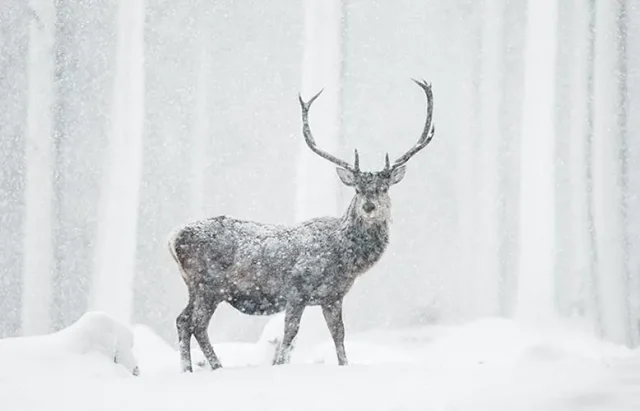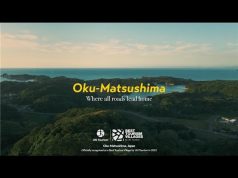
On this World Animal Day, we are celebrating our global roster of responsible tour operator clients who help make the world a better place for creatures big and small, through animal welfare awareness building, protection of wildlife habitats, and collective citizen science. Here is a round-up of five wildlife adventures around the world you can take to support the World Animal Day cause – to mobilize a global force towards advancing animal protection.
1. Wilderness Scotland: Winter Wildlife
This five-day journey goes deep into the heart of the Highlands, exploring some of Scotland’s richest winter habitats, including the ancient Caledonian Pine Forest and hills of the Cairngorms National Park, which are home to some of the UK’s most elusive wildlife. Discover how these vast areas of wilderness are managed and learn about the extensive re-wilding program that are in place intending to restore a greater natural balance to the ecosystems. Each evening you return to handpicked cozy inns, where you’ll receive a warm welcome and a hearty meal.
2. Wilderness Travel: In the Realm of Desert Lion
Namibia’s dramatic landscapes, wildlife, and visionary commitment to conservation have made it Africa’s most exciting safari destination. On this safari, you’ll track desert-adapted rhino—on foot—in Damaraland and meet with the researchers of Save the Rhino Trust. In the wilds of Kaokoland, you’ll have the world-exclusive opportunity to meet with Dr. Flip Stander, whose lifetime of work with desert lion has transformed our understanding of this unique population. With just six travelers, you’ll have incredible wildlife experiences, and your participation directly supports Namibia’s innovative conservation efforts.
3. Adventure Canada: Greenland and Arctic Canada: High Arctic Explorer
This expedition cruise takes you to the High Arctic’s dramatic coastline, where you can see some of the rarest wildlife in the world. On the cliffs, murres and guillemots nest by the countless thousands. On the land, foxes watch from the outcrops, muskoxen trample the tundra, and walruses patrol the bays. And on the drifting ice watch for the seals and white bears that love to feed on them. Overlaying much of these northern waters is Tallurutiup Imanga, a landmark marine sanctuary established through a pact between Inuit and Canada. Here, the greatest Arctic whales, bus-sized bowheads, skim for plankton—while belugas and narwhal gobble cod in the fjords and polar bears prowl the ice. You will also pay homage to the Franklin Expedition sailors on Beechey Island, Nunavut, and walk alongside the Sermeq Kujallaq (Jakobsen Glacier) the busiest glacier in the Northern Hemisphere, spewing 20 billion tonnes of ice per year into the local waterfront!
4. Oku Japan: Nara Ancient Capitals Self-Guided Walking
The Kansai region on Japan’s main island is home to three historic capitals: Kyoto, Nara and Asuka. This self-guided five-day walking trip takes you along scenic and culturally significant hiking trails, and overnight stays in authentic Japanese guesthouses and farmstays. On day four of your journey, see the deer of Nara Park, which are symbols of the city, and famous across Japan. There is a legend that the deity Takemi Kajichi no Mikoto, rode to Nara upon a sacred deer. Now deer are thought of as sacred animals–the helpers of gods–and have been carefully protected in Nara Park as “natural monuments.”
5. Exodus Adventure Travels: Wildlife & Wilderness of Botswana – Special Citizen Science Departure
Take a special Citizen Science departure into the wilds of Botswana. These departures mean you can be involved in the collection of freshwater samples which will contribute directly to the eBioAtlas; the world’s largest repository of flora and fauna species data, which support the conservation and restoration of biodiversity both locally and globally. On this great adventure, glide along the Okavango Delta in traditional mokoro canoes and admire a billion stars from the eerily silent Makgadikgadi Pans. Emblematic wildlife encounters are plentiful on the Savuti Marsh, the Moremi Reserve, and the Chobe River — home to the highest concentration of elephants anywhere.





